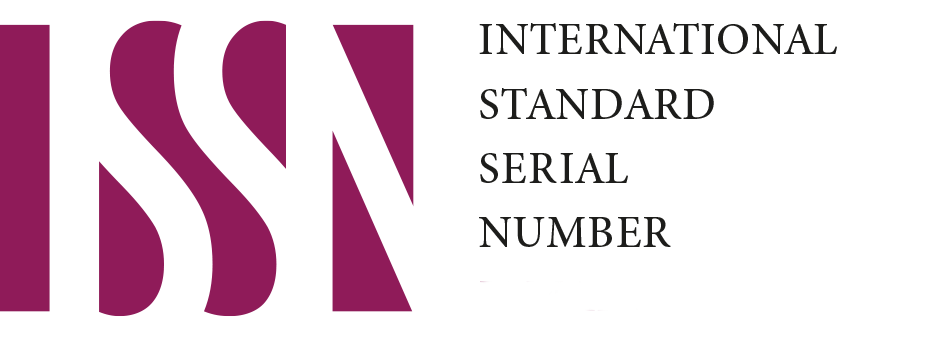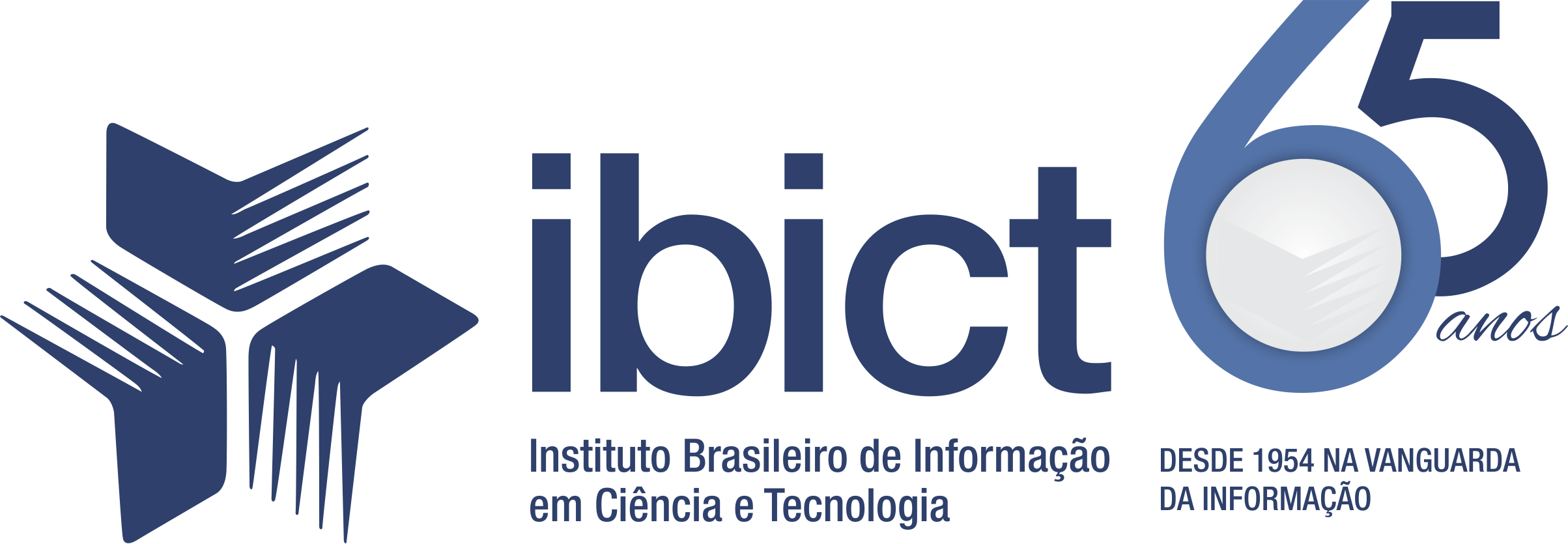Disfluencies in Signing in Brazilian Sign Language (Libras)
A Psycholinguistic Analysis of a Deaf Interviewee’s Data
DOI:
https://doi.org/10.14393/LL63-v37n2-2021-02Keywords:
Disfluencies, Brazilian Sign Language, Deaf interviewee, Interaction in Brazilian Sign Language, Psycholinguistic studiesAbstract
This article aims to analyze disfluencies produced in signing in Brazilian Sign Language (Libras) during an interview involving a deaf interviewee and a hearing interviewer. The theoretical-analytical framework is aligned with psycholinguistic studies focused on characterizing disfluencies in oral language production (by identifying the structure of sequences with disfluencies, their moments of occurrence, and their functions). The aim is to evaluate the possibility of correlating types of disfluencies in oral languages with those observed in sign languages. The article reports the most recurrent types of disfluencies in sign languages in the situation under scrutiny, including pauses (filled and silent), repairs, sign repetitions, and segmentation restarts, seeking to identify their points of occurrence, functions and associated cognitive processes.
Downloads
References
BELLUGI, U.; FISCHER, S. A comparison of sign language and spoken language. Cognition, v. 1, p. 173–200, 1972. DOI: https://doi.org/10.1016/0010-0277(72)90018-2. Acesso em: 30 nov. 2021.
BOCK, K.; LEVELT, W. J. M. Language Production Grammatical Encoding. In: GERNSBACHER, M. A. (ed.). Handbook of Psycholinguistics. Cambridge: Cambridge University Press, 1994. p. 945-984.
BONO, M.; KIKUCHI, K.; CIBULKA, P.; OSUGI, Y. A Colloquial Corpus of Japanese Sign Language: linguistic resources for observing sign language conversations. Reykjavik, Iceland: European Language Resources Association (ELRA), 2014. Disponível em: https://aclanthology.org/L14-1253/. Acesso em: 30 nov. 2021.
BRITO, L. F. Por uma gramática da Língua de Sinais. Rio de Janeiro: Tempo Brasileiro, 1995.
CARROLL, D. W. Psychology of language. 5. ed. Australia; Belmont, CA: Thomson-Wadsworth, 2008.
CLARK, H. H.; FOX TREE, J. E. Using uh and um in spontaneous speaking. Cognition, v. 84, p. 73–111, 2002. DOI: https://doi.org/10.1016/S0010-0277(02)00017-3. Acesso em: 30 nov. 2021.
CORINA, D. P.; GUTIERREZ, E.; GROSVALD, M. Sign language production: an overview. In: GOLDRICK, M.; FERREIRA, V.; MIOZZO, M. (Ed.). The Oxford handbook of language production. New York/USA: Oxford University Press, 2014. p. 393-415.
DAVID, C.; EMMOREY, K.; NICODEMUS, B. Disfluencies in American Sign Language and English: what “ums” and “uhs” tell us about language production. San Diego/US: San Diego State University, 2015. Disponível em: https://slhs.sdsu.edu/llcn/files/2015/05/disfluency.pdf . Acesso em: 30 nov. 2021.
EMMOREY, K.; BOSWORTH, R.; KRALJIC, T. Visual feedback and self-monitoring of sign language. Journal of Memory and Language, n. 61, v. 3, p. 398-411, 2009. DOI: https://doi.org/10.1016/j.jml.2009.06.001. Acesso em: 30 nov. 2021.
EMMOREY, K.; TVERSKY, B.; TAYLOR, H. A. Using space to describe space: perspective in speech, sign, and gesture. Spatial Cognition and Computation, v. 2, p. 157-180, 2000. DOI: https://doi.org/10.1023/A:1013118114571. Acesso em: 30 nov. 2021.
FIGUEIREDO, L. M. B.; LOURENÇO, G. O movimento de sobrancelhas como marcador de domínios sintáticos na Língua Brasileira de Sinais. Revista da Anpoll, v. 1, n. 48, jan./jun., 2019. DOI: https://doi.org/10.18309/anp.v1i48.1235. Acesso em: 30 nov. 2021.
FINLAYSON, I, R.; CORLEY, M. Disfluency in dialogue: an intentional signal from the speaker? Psychon Bull Rev, v. 19, p. 921–928, 2012. DOI: https://doi.org/10.3758/s13423-012-0279-x
FOX TREE, J. E. The effects of false starts and repetitions on the processing of subsequent words in spontaneous speech. Journal of Memory and Language, v. 34, p. 709-738, 1995. DOI: https://doi.org/10.1006/jmla.1995.1032. Acesso em: 30 nov. 2021.
HOHENBERGER, A.; HAPP, D.; LEUNINGER, H. Modality-dependent aspects of sign language production: evidence from slips of the hands and their repairs in German Sign Language. In: MEIER, R. P.; CORMIER, K.; QUINTO-POZOS, D. (Ed.). Modality and structure in signed and spoken languages. Cambridge, UK: Cambridge University Press, 2002. p. 112-142. DOI: https://doi.org/10.1017/CBO9780511486777.006. Acesso em: 30 nov. 2021.
LEMOS, G. Narrativas de conflito com alunos surdos e intérpretes de Libras nas relações com a família, a escola e atividades profissionais. 2019. 234 f. Dissertação (Mestrado em Letras e Estudos da Linguagem) – Departamento de Letras, Pontifícia Universidade Católica do Rio de Janeiro. Rio de Janeiro: PUC-Rio, 2019.
LEVELT, W. J. M. Monitoring and self-repair in speech. Cognition, v. 14, p. 41-104, 1983. DOI: https://doi.org/10.1016/0010-0277(83)90026-4. Acesso em: 30 nov. 2021.
LEVELT, W. J. M. Speaking: from intention to articulation. Cambridge, MA: MIT Press, 1989.
LICKLEY, R. J. Fluency and disfluency. In: REDFORD, M. A. (ed.). The handbook of speech production. Wiley-Blackwell, 2015. p. 445-469. DOI: https://doi.org/10.1002/9781118584156.ch20. Acesso em: 30 nov. 2021.
LODER, L. L. O modelo Jefferson de transcrição: convenções e debates. In: LODER, L. L.; JUNG, N. M. (Org.). Fala-em-interação social: introdução à Análise da Conversa Etnometodológica. Campinas/São Paulo: Mercado de Letras, 2008. p. 127-162.
MACGREGOR, L. J. Disfluencies affect language comprehension: evidence from event-related potentials and recognition memory. 2008. 282 f. Thesis Doctor of Philosophy – School of Philosophy, Psychology and Language Sciences University of Edinburgh, 2008. DOI: https://doi.org/10.1016/j.bandl.2009.07.003. Acesso em: 30 nov. 2021.
MACGREGOR, L. J.; CORLEY, M.; DONALDSON, D. I. Not all disfluencies are equal: the effects of disfluent repetitions on language comprehension. Brain and Language, v. 111, p. 36-45, 2009.
MONDADA, L. Multiple temporalities of language and body in interaction: challenges for transcribing multimodality. Research on Language and Social Interaction, v. 51, n. 1, p. 85-106, 2018. DOI: https://doi.org/10.1080/08351813.2018.1413878. Acesso em: 30 nov. 2021.
NEWKIRK, D.; KUMA, E. S.; PEDERSEN, C. C.; BELLUGI, U. Linguistic evidence from slips of the hand. In: FROMKIN, V. (Ed.). Errors in linguistic performance: slips of the tongue, ear, pen, and hand. San Diego, CA: Academic Press, 1980. p. 165-198.
NICODEMUS, B. Disfluencies in American Sign Language and English: what "ums" and "uhs" tell us about language production. In: GERMAN LINGUISTIC SOCIETY (DGfS), 23-25 Feb. 2011, Goettingen. Anais… Germany: DGfS, 2011, p. 01-46.
SACKS, H., SCHEGLOFF, E; JEFFERSON, G. A simplest systematics for the organization of turn taking for conversation. Language, v. 4, n. 50, p. 696-735, 1974. DOI: https://doi.org/10.1353/lan.1974.0010. Acesso em 30/11/2021.
WARREN, P. Introducing Psycholinguistics. Cambridge: Cambridge University Press, 2013.
WILKINSON, E.; STEWART, J. Pear story narratives in American Sign Language: a distributional analysis of disfluency types. In: CONFERENCE THEORETICAL ISSUES IN SIGN LANGUAGE RESEARCH (TISLR) – University of Manitoba. London, July, 2013. Anais… England: University of Manitoba, 2013. Disponível em: https://www.researchgate.net/publication/274373657_Pear_Story_Narratives_in_American_Sign_Language_A_Distributional_Analysis_of_Disfluency_Types. Acesso em: 30 nov. 2021.
Downloads
Published
How to Cite
Issue
Section
License
Copyright (c) 2021 Glauber de Souza Lemos, Erica dos Santos Rodrigues (Autor)

This work is licensed under a Creative Commons Attribution-NonCommercial-NoDerivatives 4.0 International License.
The authors retain author's rights but grant the journal the right of firsth publication. The works are licensed under Creative Commons Attribution License, which allows sharing provided that the authors and this journal are properly ackonwledged.













